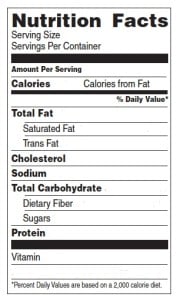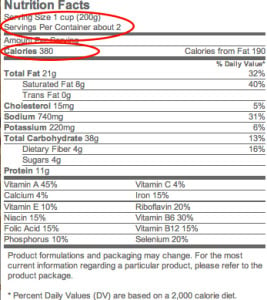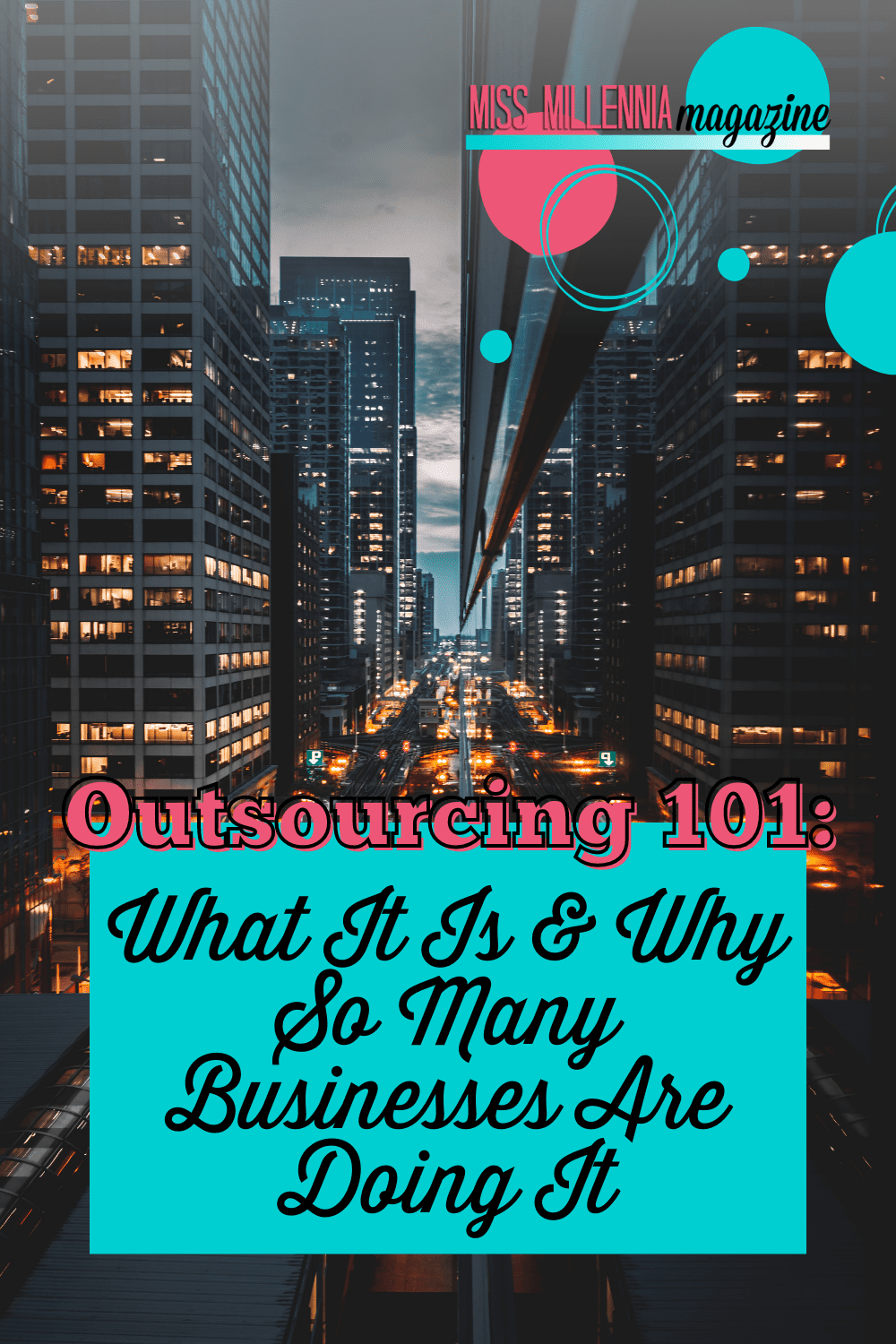Nutrition Labels: 3 Things to Always Watch For

Nutrition labels have been included in all food products since the early nineties as part of the Nutrition and Labeling Food Act that required all packaged food to show bearing of its content.
When buying any food, either canned, frozen or fresh, most will include a nutrition label telling you what you’ll consume per serving.
However, there’s always been much criticism of the labels themselves, mostly because they’re often misread, and not many people know what they’re really looking at. All you see are a few numbers. But if you don’t know what you’re supposed to take notice of, you will screw any chances you have for adhering to a specific diet.
Here’s a few important things to look for and pay close attention to when reading a nutrition labels:
Cholesterol
First let’s learn that there are two types. There is LDL cholesterol (“bad”) and HDL cholesterol (“good”). Most labels, especially meats will be high in cholesterol and this is not the HDL kind. If you want to keep your cholesterol levels low, reduce your intake of red meats, eggs, milk, and dairy products. A good rule of thumb to go by is to stay near products that have about 2 mg of cholesterol per serving. The FDA recommends the daily cholesterol intake should be 300 mg. Your body already produces cholesterol and too much cholesterol is unhealthy. So if you’re buying a product and it has over 300 mg of cholesterol per serving, that is considered high and has already exceeded the daily limit. Saturated and trans fats are what determine whether you’re consuming LDL cholesterol. When buying butter, cookies, fried foods or dairy, pay close attention to how many grams and milligrams are in a serving because these foods increase your cholesterol levels.
Takeaways: 2 mg of cholesterol is reduced or cholesterol-free and 2 g of saturated fats is low or fat-free.
Serving Size
It’s probably the most confusing thing on the food label because a lot of people are unaware that there can be more than one serving size in one food product. If you’re only focusing on the caloric value of a product and not paying attention to the serving size, you can consume more than what you think. For example, you will you see a 32 ounce Powerade drink and the label reads that there is only 50 calories per serving. Some might be confused and think the entire bottle is one serving, but it is not. In that large 32 oz bottle there are 4 servings which is calculated at 8 fl oz. So in total, there would be 200 calories in the entire bottle of Powerade. Be very wary of using the caloric value of one serving, as representative of the entire product. The serving size may even seem small, but it’s only for a portion of that product. Look at the nutrition label for this pot pie dish below:

You could notice the 380 calories and say: “Whoa! That’s low.” But take a look at the serving size—it’s only 1 cup. And within the container there are 2 servings. Some people might mistakenly eat the entire pot pie thinking they just ate something under 400 calories. Think again. Once you multiply the nutritional value times two, you’ll notice you actually ate 720 calories, double the fat, carbohydrates, and sodium.
Takeaway: Caloric value on nutrition labels does not always equal a single serving size.
Fats
Saturated fat and trans fat are usually shown on most nutrition labels. In some products though, polyunsaturated and monounsaturated may appear as well, but both will also be included under unsaturated fats. As mentioned above, saturated fats are the “bad” fat. Consuming too much of it will raise your cholesterol levels and store fat in your body. A product low in saturated fat is a good option. However, don’t assume because you want to lose weight you have to completely remove all fat from your diet. Fats play a big role in processing vitamins in your body. The good fats (unsaturated) which help lower your cholesterol and help improve HDL cholesterol can be found in also plant foods, certain nuts and seeds, and canola and olive oils.
Takeaways: Eat more grains, vegetables, and fruits to reduce overall fat intake.
Sodium is also another element to keep watch for, as most Americans consume more than the recommended intake: 1,500 mg per adult. High sodium diets lead to high-blood pressure, and various heart and kidney issues. Learn more about sodium here.
Misreading nutrition labels is probably something we’ve all done, and it’s no fault of ours because there isn’t a step-by-step guide that teaches us how.
Interested in more healthy eating related info? Go here.






